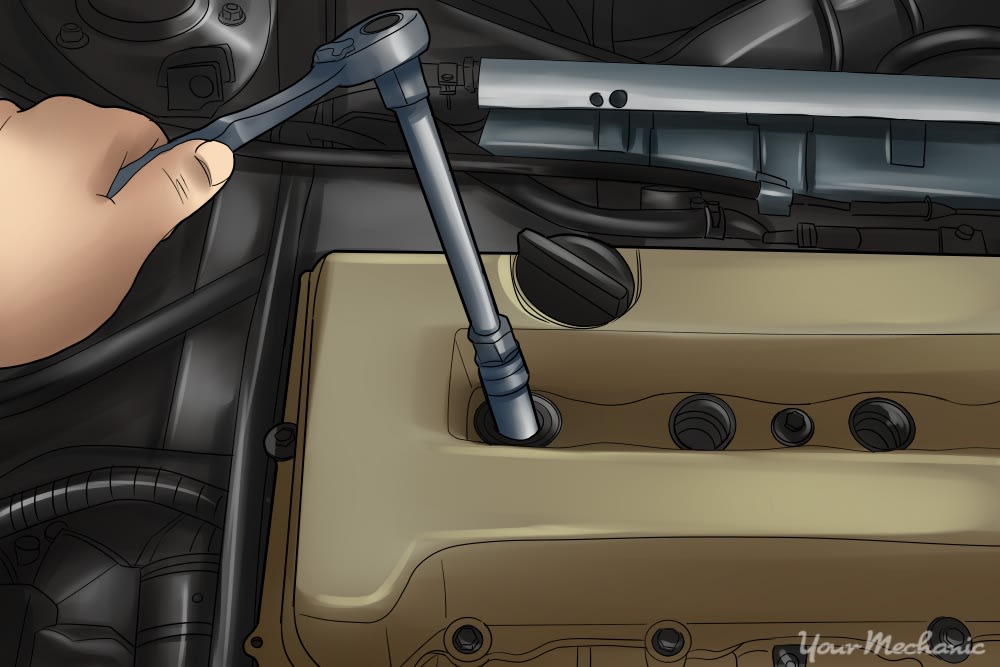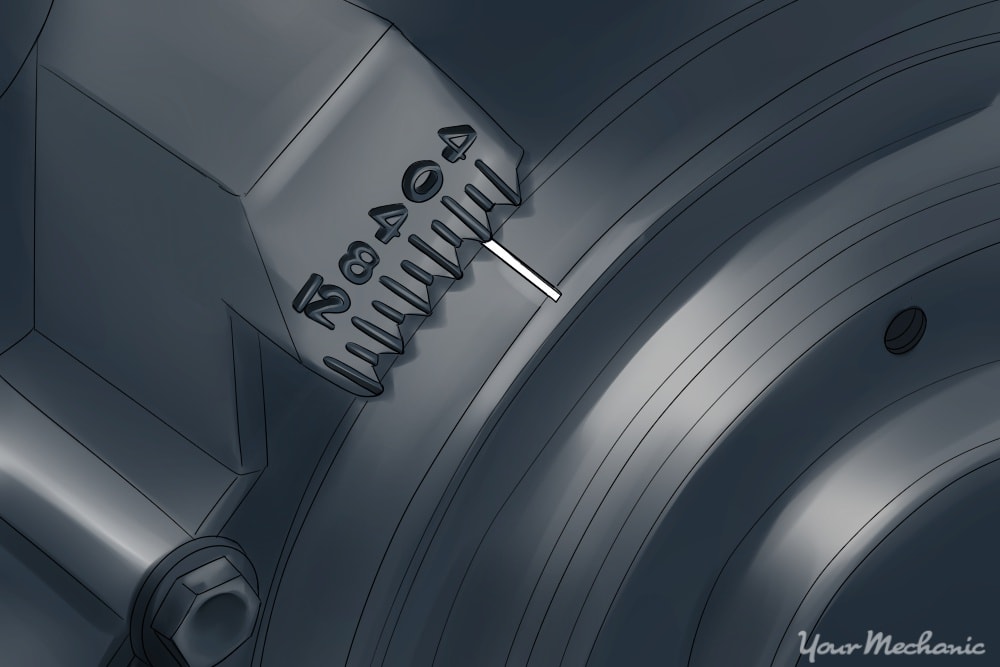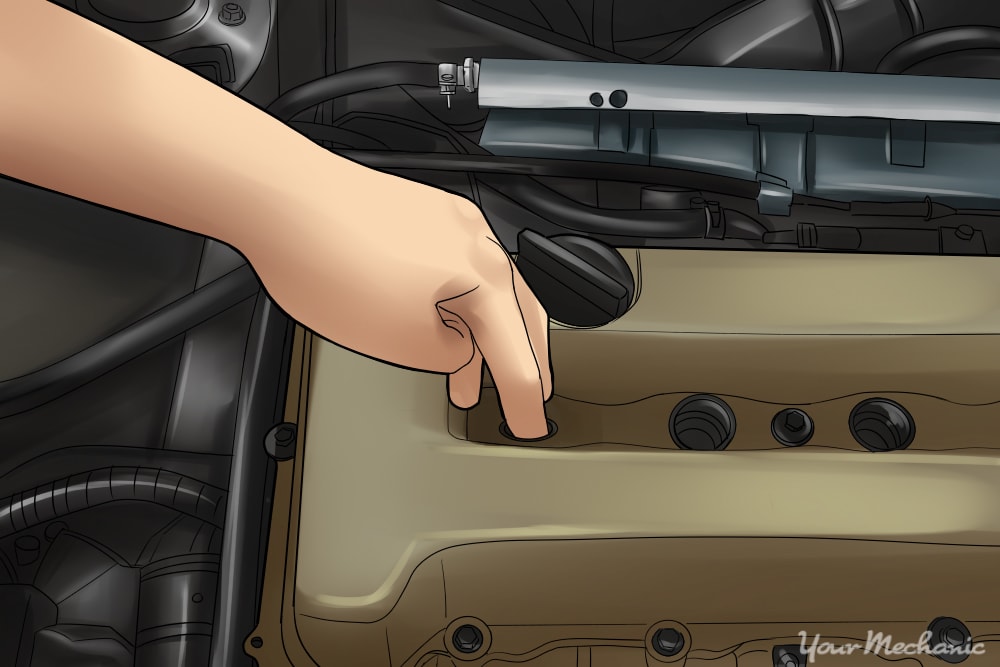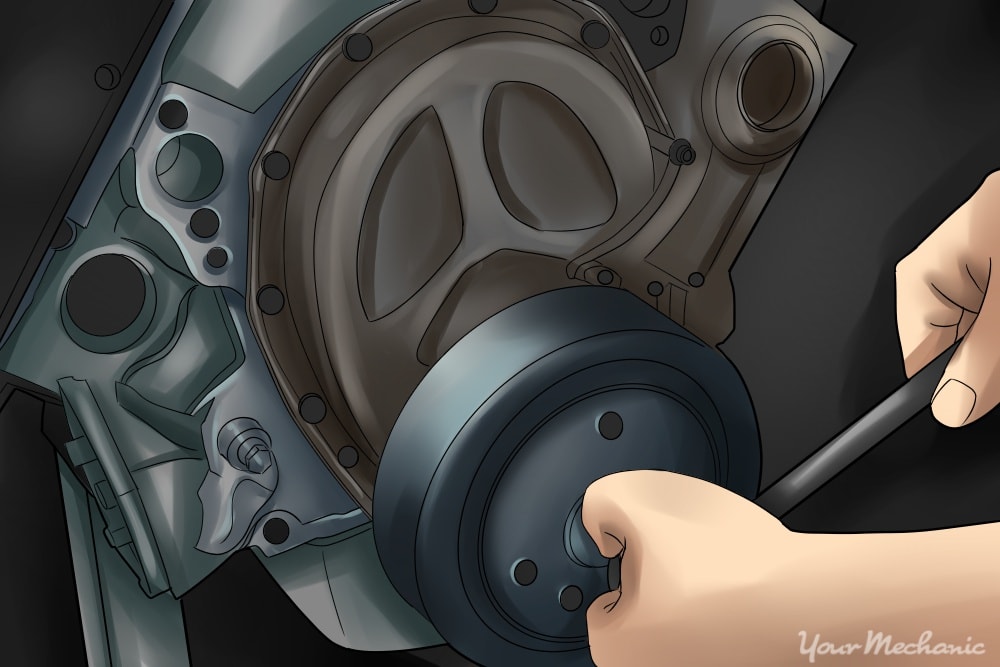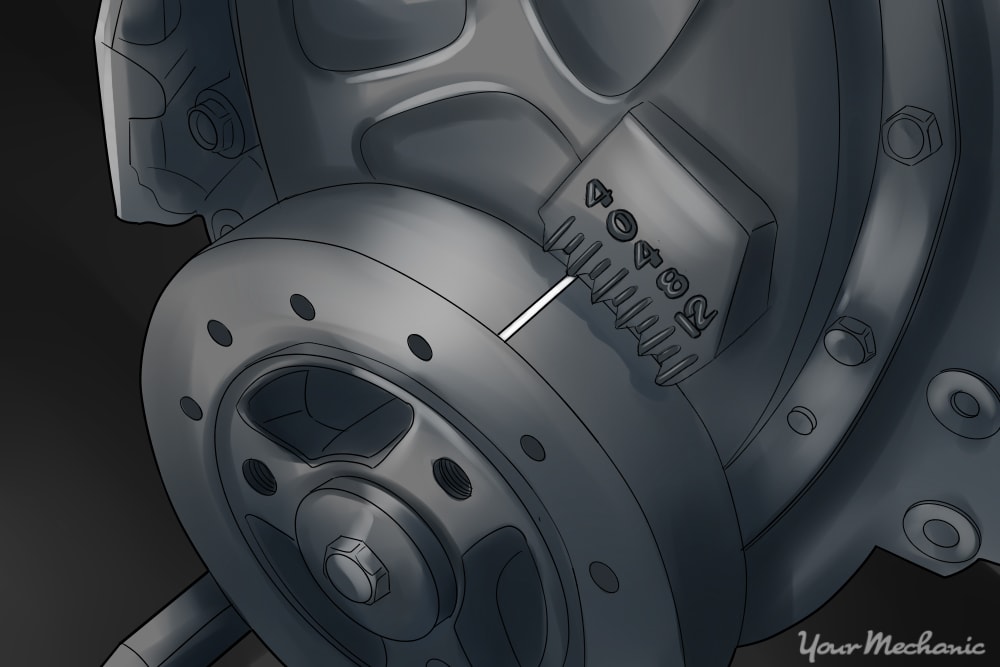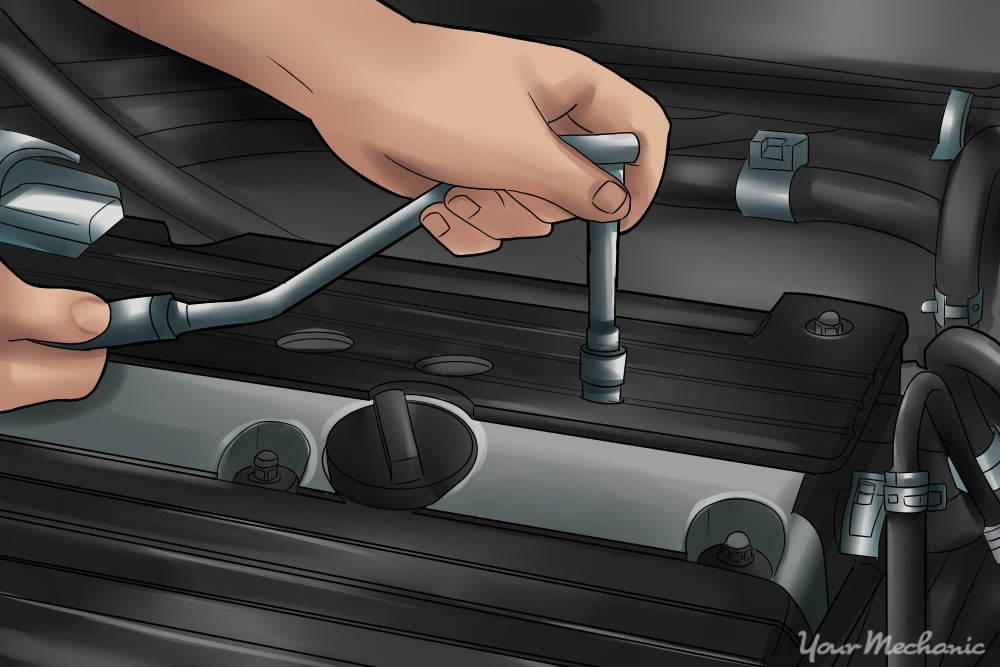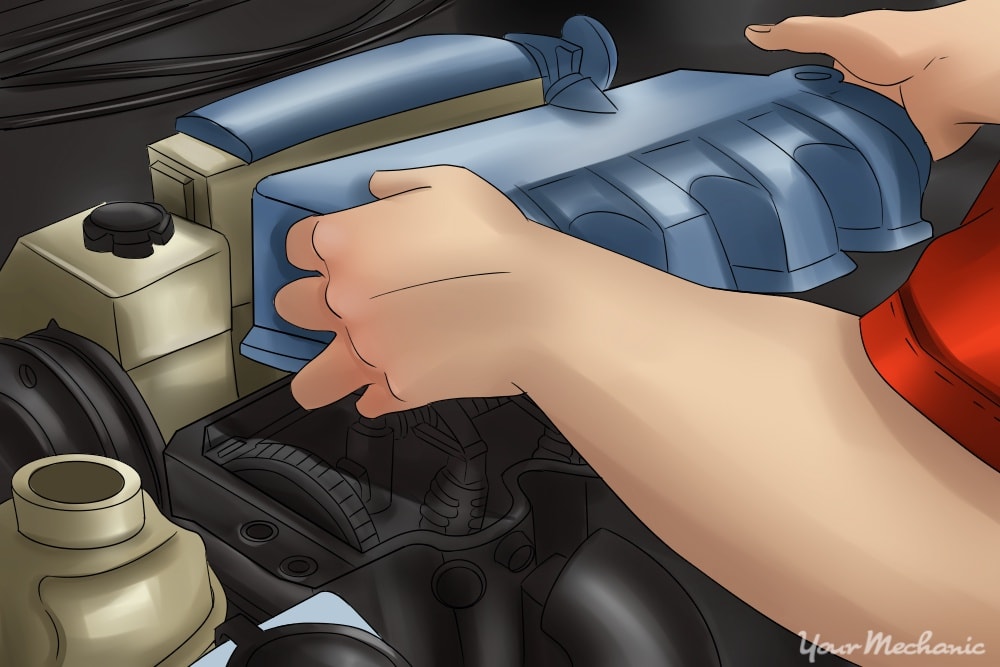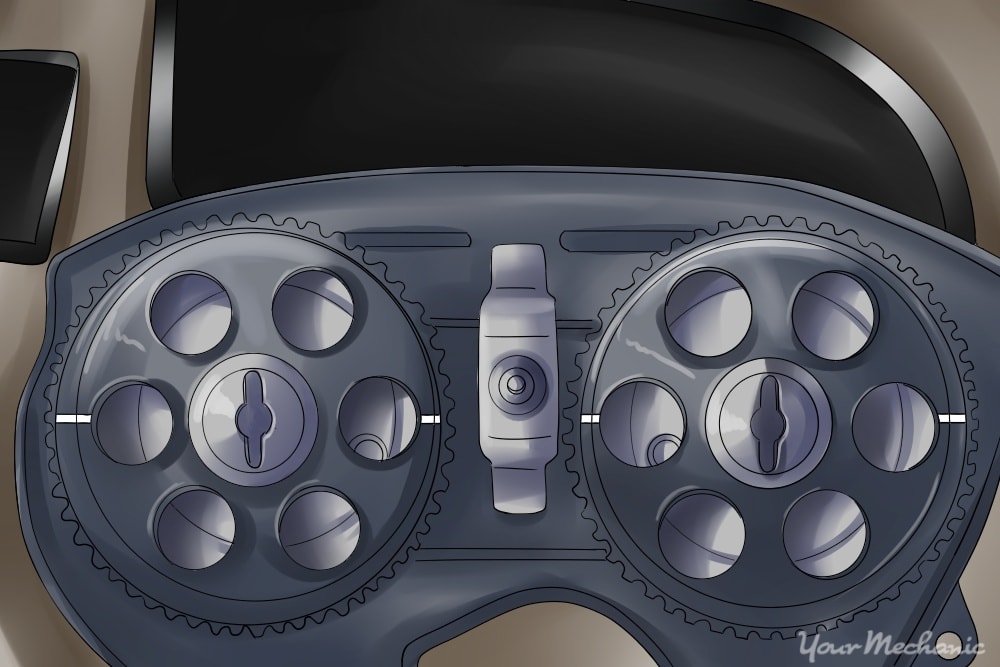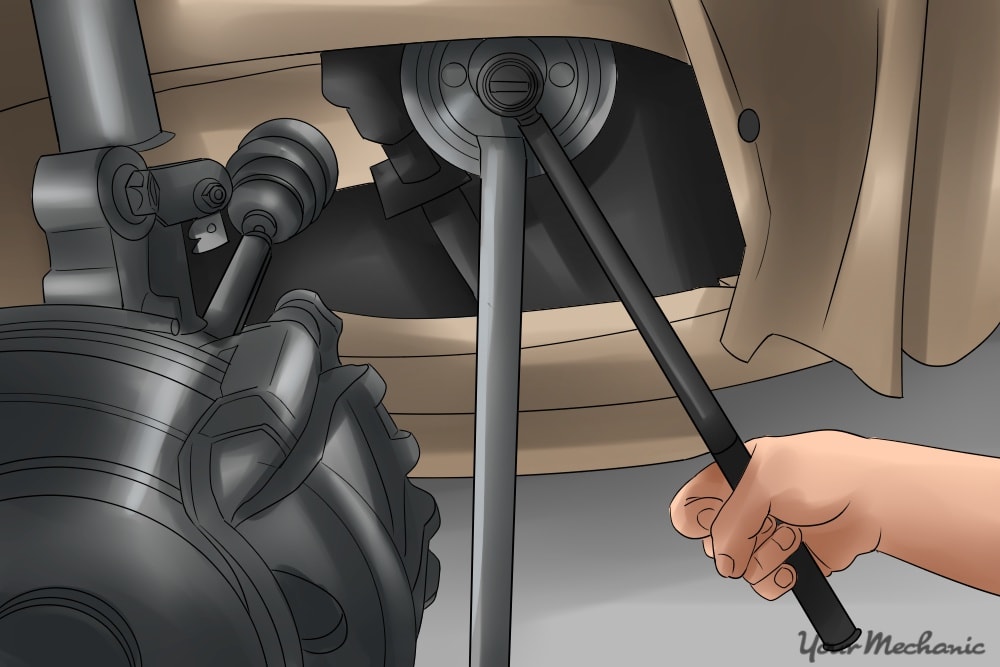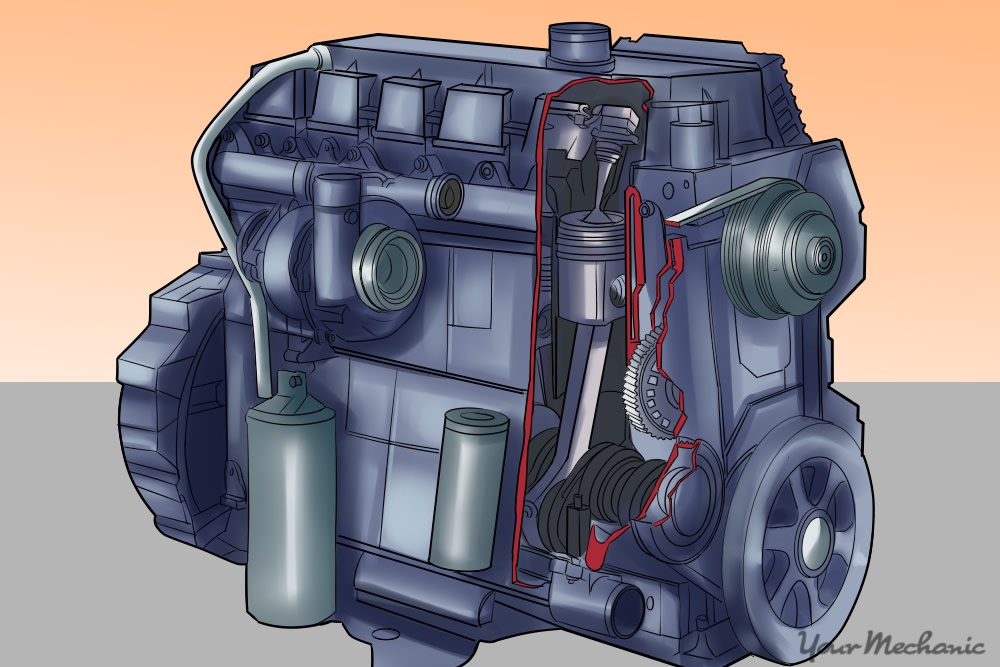

There are many reasons why you might need to find an engine’s top dead center. Top dead center is the point when the piston of the number one cylinder in an engine is at its highest point, and on the compression stroke of the engine’s four-stroke cycle. Whether it be for a simple task, such as installing a distributor, or a more critical task such as final assembly of the engine, finding top dead center is an important task -- one that is usually pretty straightforward if using the correct tools and knowledge.
In this step by step guide, you will see two different methods for finding the top dead center of an engine. In the first method, we will focus on engines that have an easily accessible cylinder one spark plug hole; in the second method, we will focus on engines where the cylinder one spark plug hole is not easily accessible, such as with many four-cylinder or overhead cam style engines.
Method 1 of 2: Finding top dead center for engines with an easily accessible spark plug hole
Materials Needed
- A helping hand (for identifying the compression stroke)
- Flashlight
- Ratchet and socket set
- Spark plug socket
Step 1: Remove the spark plug from the number one cylinder. Remove the spark plug in the engine’s number one cylinder using your ratchet and spark plug socket.
- Tip: The number one cylinder will usually be the one closest to the front of the engine, or to the front left if the engine is a V8. See the diagram above. If you are not sure which spark plug to remove, refer to a service manual to ensure that the correct spark plug is removed. If the incorrect spark plug is removed, the engine will not be set to the top dead center position.
Step 2: Locate the crankshaft pulley/harmonic balancer. Find your crankshaft pulley, also called the harmonic balancer. It is usually the largest pulley, often located in the center of the engine’s bottom end.
Look for the timing marks on the pulley and the marker with which to line them up, usually located on the engine’s block or front cover.
- Tip: If you are having trouble finding the pulley and/or timing marks, use your flashlight to help illuminate the area.
Step 3: Seal the spark plug hole. Have your helper put their finger over the top of the cylinder one spark plug hole, sealing it to the best of their ability. Continue to maintain the seal during Step 4.
Step 4: Turn the crankshaft pulley. Turn the crankshaft pulley by hand with a ratchet and socket. As you will be turning against the engine and all of its accessories, this may require a bit of effort.
If the engine does not turn at first, use a bit more force or try to turn it the opposite direction.
Continue to turn the crankshaft pulley until your helper can feel or hear air being pushed out of the cylinder. This indicates that the cylinder is on the compression stroke.
Continue to turn the crankshaft until the zero or top dead center mark on the pulley matches up with the pointer on the engine. For most engines, the zero or top dead center mark will be the first mark, or will be clearly marked in a different color or manner than the other marks on the pulley.
- Note: If you are unsure of which mark indicates your engine’s top dead center, refer to a service manual to ensure that the engine is turned to the correct position.
Step 5: Verify that the engine is in top dead center position. Once the top dead center timing mark is lined up with the marker on the engine, the motor should now be at top dead center.
To verify, shine the flashlight down into the spark plug hole. You should be able to see the top of the piston clearly near the top of the cylinder.
Method 2 of 2: Finding top dead center for overhead cam engines with inaccessible spark plug holes
Materials Needed
- Flashlight
- Ratchet and socket set
- Spark plug socket
Step 1: Remove the spark plug from the number one cylinder. Remove the spark plug in the engine’s number one cylinder using your ratchet and spark plug socket.
- Tip: The number one cylinder will usually be the one closest to the front of the engine, or closest to the front left if the engine is a V8. If you are not sure which spark plug to remove, refer to a service manual to ensure that the correct spark plug is removed. If the incorrect spark plug is removed, the engine will not be set to the top dead center position.
Step 2: Locate the crankshaft pulley/harmonic balancer. Find your crankshaft pulley or harmonic balancer. It is usually the largest pulley, often located in the center of the engine’s bottom end, same as you did in method 1.
Then look for the timing marks on the pulley and the pointer with which to line them up, usually located on the engine’s block or front cover.
- Tip: If you are having trouble finding the pulley or timing marks, use the flashlight to help illuminate the area.
Step 3: Remove the engine valve cover. Most valve covers are secured using only a few ten millimeter bolts. Remove all of the bolts, taking care not to damage the gasket as you remove it, and pull the valve cover free.
Step 4: Identify the camshaft timing marks. Once the valve cover is removed, you should be able to see the camshaft, or camshafts, if it is a dual overhead cam engine.
Look for the camshaft timing marks located on the gears. They are usually clearly marked in the form of notches, pins or sometimes stamped words.
- Note: If you are unable to identify your timing marks, refer to a service manual for guidance to ensure that the engine is set to proper top dead center.
Step 5: Turn the crankshaft pulley. Turn the engine’s crankshaft pulley using a ratchet and socket until the timing marks on both the crankshaft pulley and the camshaft gears align to top dead center.
Usually the marks will align in a very specific manner when the engine reaches top dead center, such as pointing towards or opposite of each other when correctly aligned. Refer to the service manual for specifics on aligning your camshaft pulleys.
Once all of the timing marks are lined up correctly, the engine is at top dead center.
All things considered, setting an engine to top dead center is a relatively straightforward procedure. However, if you do not feel comfortable taking on this task, a professional mechanic, such as one from YourMechanic, will be able to provide this service.



